It used to be the quiet platform. A digital resume. A slow scroll through promotions, job shifts, and polite congratulations. But in 2025, LinkedIn is no longer just a space for updates. It is becoming a stage. And the content lighting up that stage is video.
With a 36 percent year-over-year increase in watch time, and new TikTok-style features encouraging creators to “add their take” on trending topics, LinkedIn is rewriting what professional content looks and feels like. This shift is not just about formats. It is about the future of credibility, visibility, and personal brand.
Here is why LinkedIn video is not a minor feature update. It is a major cultural signal.
Authority is moving from text to tone
A strong opinion in a paragraph used to be enough. Today, the most compelling professionals are those who can distill that opinion into a 60-second clip. Delivery matters. Clarity, warmth, and a human face are redefining professional presence. It is not just what you know. It is how you show up.
The feed is becoming a format in itself
LinkedIn is now testing video trend tags that invite users to respond on camera. A trending topic, leadership, burnout, work culture, becomes an open question. The platform nudges you to step in, record, and share your view. This turns the feed from a stream of updates into a real-time, living conversation.
Video is the new proof of self
Want to show you are a clear thinker, a communicator, a builder of trust? Write-ups help. But video does it faster. One well-placed clip, filmed in your workspace, on a walk, or during a pause between meetings, can build more credibility than a dozen written posts. In a world where impressions are formed in seconds, this matters.
Professionalism is being redefined visually
The old signals, suits, titles, perfectly lit headshots, are fading. Today’s video creators on LinkedIn look like themselves. Calm, confident, casual. It is not about being polished. It is about being present. A voice that feels real, a point of view that invites reflection, a tone that respects attention. These are the new tools of influence.
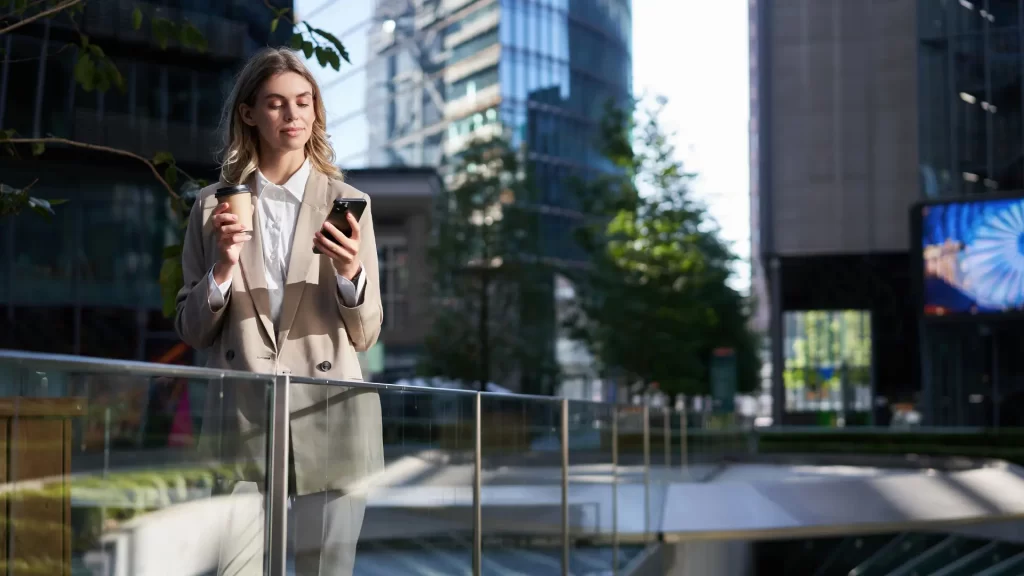
Creators are leading. Brands are catching up
LinkedIn’s creator class is shaping how industries talk to themselves. HR leaders, startup founders, consultants, marketers , they are turning insights into clips, processes into visuals, feedback into formats. And brands are watching. As attention shifts toward video, campaigns that remain static will struggle. If your story is not watchable, it may not be heard.
The professional internet is waking up
LinkedIn’s move into short-form video isn’t just a format experiment. It is a reflection of how we now work and learn. With hybrid offices, scattered teams, and screen-first interactions, video brings a missing piece back into play. Presence. Expression. Human detail. And that makes the platform not just more engaging, but more alive.





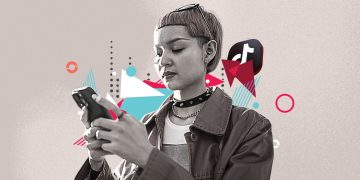

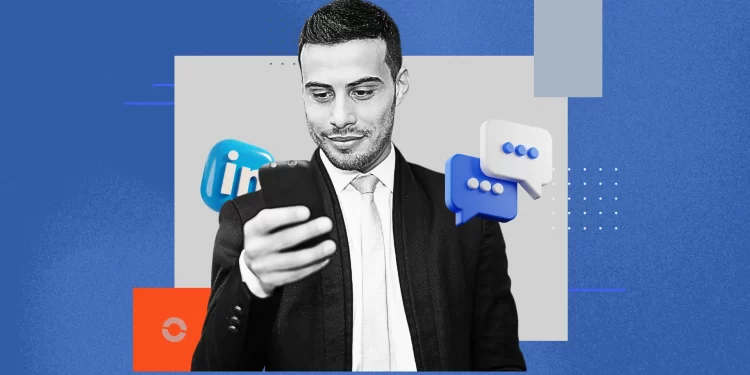
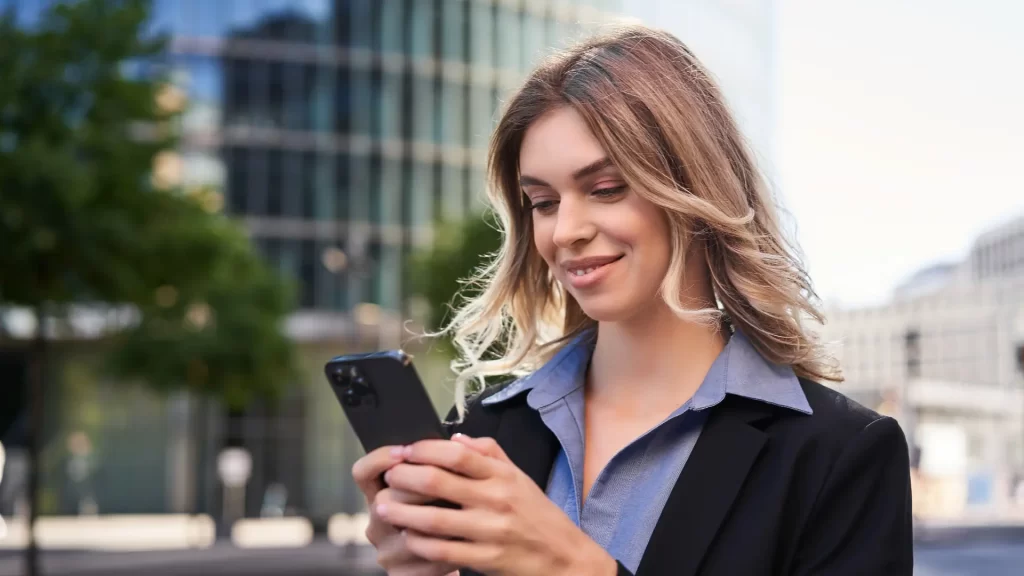

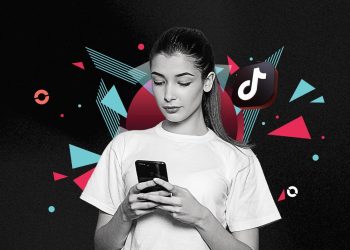






Hey there You have done a fantastic job I will certainly digg it and personally recommend to my friends Im confident theyll be benefited from this site
Your blog is a true gem in the world of online content. I’m continually impressed by the depth of your research and the clarity of your writing. Thank you for sharing your wisdom with us.
Wow amazing blog layout How long have you been blogging for you made blogging look easy The overall look of your web site is magnificent as well as the content
Your blog is a testament to your dedication to your craft. Your commitment to excellence is evident in every aspect of your writing. Thank you for being such a positive influence in the online community.
I loved as much as youll receive carried out right here The sketch is attractive your authored material stylish nonetheless you command get bought an nervousness over that you wish be delivering the following unwell unquestionably come more formerly again as exactly the same nearly a lot often inside case you shield this hike
I was recommended this website by my cousin I am not sure whether this post is written by him as nobody else know such detailed about my difficulty You are wonderful Thanks